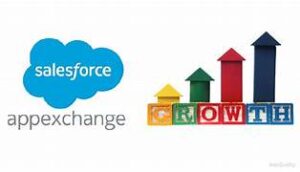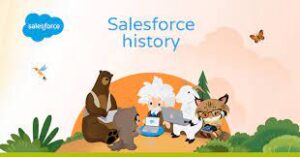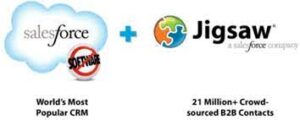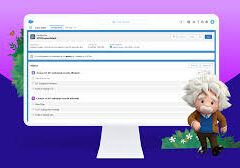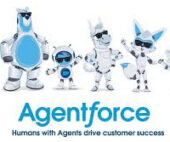Agentic RAG: The Next Evolution of AI-Powered Knowledge Retrieval
From RAG to Agentic RAG: A Paradigm Shift in AI Applications
While Retrieval-Augmented Generation (RAG) dominated AI advancements in 2023, agentic workflows are now driving the next wave of innovation in 2024. By integrating AI agents into RAG pipelines, developers can build more powerful, adaptive, and intelligent LLM-powered applications.
This article explores:
✔ What is Agentic RAG?
✔ How it works (single-agent vs. multi-agent architectures)
✔ Implementation methods (function calling vs. agent frameworks)
✔ Enterprise adoption & real-world use cases
✔ Benefits & limitations
Understanding the Foundations: RAG & AI Agents
What is Retrieval-Augmented Generation (RAG)?
RAG enhances LLMs by retrieving external knowledge before generating responses, reducing hallucinations and improving accuracy.
Traditional (Vanilla) RAG Pipeline:
- Retrieval: A query searches a vector database for relevant documents.
- Generation: The LLM synthesizes a response using retrieved context.
Limitations of Vanilla RAG:
❌ Single knowledge source (no dynamic tool integration).
❌ One-shot retrieval (no iterative refinement).
❌ No reasoning over retrieved data quality.
What Are AI Agents?
AI agents are autonomous LLM-driven systems with:
- Memory (short & long-term)
- Planning (reasoning, self-critique, task decomposition)
- Tool use (calculators, APIs, web search)
The ReAct Framework (Reason + Act)
- Thought: Agent analyzes the query.
- Action: Selects & executes a tool (e.g., web search).
- Observation: Evaluates results & iterates until task completion.
What is Agentic RAG?
Agentic RAG embeds AI agents into RAG pipelines, enabling:
✅ Multi-source retrieval (databases, APIs, web search).
✅ Dynamic query refinement (self-correcting searches).
✅ Validation of results (quality checks before generation).
How Agentic RAG Works
Instead of a static retrieval step, an AI agent orchestrates:
- Decides whether retrieval is needed.
- Chooses tools (vector DB, web search, APIs).
- Formulates & refines queries.
- Validates retrieved data before passing to the LLM.
Agentic RAG Architectures
1. Single-Agent RAG (Router)
- Acts as a smart query router, selecting between multiple data sources.
- Example: Deciding between internal docs vs. web search.
2. Multi-Agent RAG (Orchestrated Workflow)
- Master agent coordinates specialized sub-agents (e.g., for emails, APIs, public data).
- Enables complex, multi-step workflows (e.g., customer support automation).
Implementing Agentic RAG
Option 1: LLMs with Function Calling
- OpenAI, Anthropic, Cohere, and Ollama support tool integration.
- Developers define custom functions (e.g., hybrid search in Weaviate).
Example: Function Calling with Ollama
python
Copy
def ollama_generation_with_tools(query, tools_schema):
# LLM decides tool use → executes → refines response
...
Option 2: Agent Frameworks
- LangChain, DSPy, LlamaIndex, CrewAI simplify agent development.
- Provide pre-built templates for ReAct, multi-agent systems, and tool routing.
Why Enterprises Are Adopting Agentic RAG
Real-World Use Cases
🔹 Replit’s AI Dev Agent – Helps debug & write code.
🔹 Microsoft Copilots – Assist users in real-time tasks.
🔹 Customer Support Bots – Multi-step query resolution.
Benefits
✔ Higher accuracy (validated retrievals).
✔ Dynamic tool integration (APIs, web, databases).
✔ Autonomous task handling (reducing manual work).
Limitations
⚠ Added latency (LLM reasoning steps).
⚠ Unpredictability (agents may fail without safeguards).
⚠ Complex debugging (multi-agent coordination).
Conclusion: The Future of Agentic RAG
Agentic RAG represents a leap beyond traditional RAG, enabling:
🚀 Smarter, self-correcting retrieval.
🤖 Seamless multi-tool workflows.
🔍 Enterprise-grade reliability.
As frameworks mature, expect AI agents to become the backbone of next-gen LLM applications—transforming industries from customer service to software development.
Ready to build your own Agentic RAG system? Explore frameworks like LangChain, CrewAI, or OpenAI’s function calling to get started.
🔔🔔 Follow us on LinkedIn 🔔🔔


